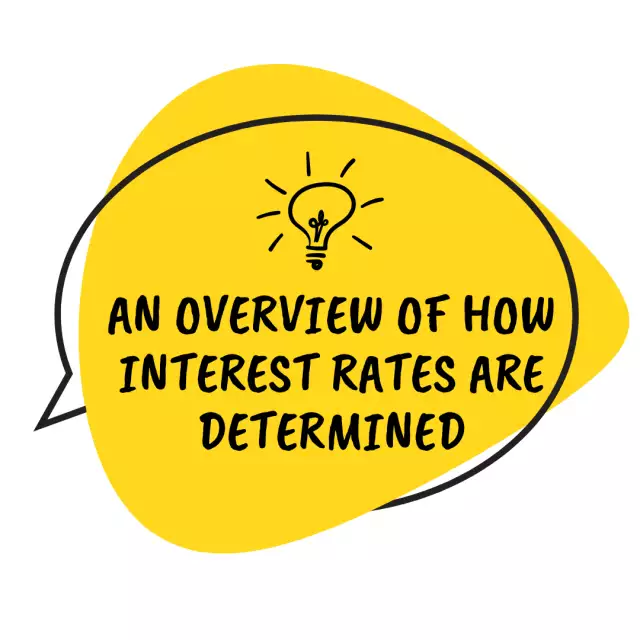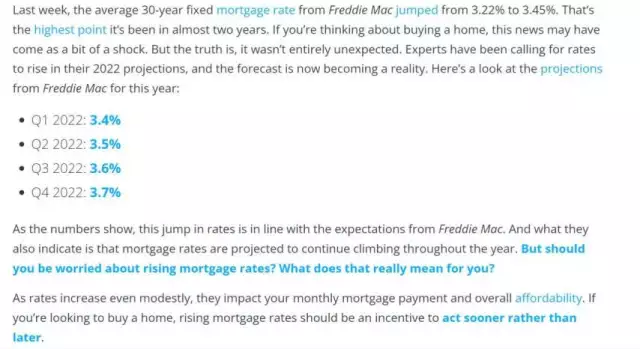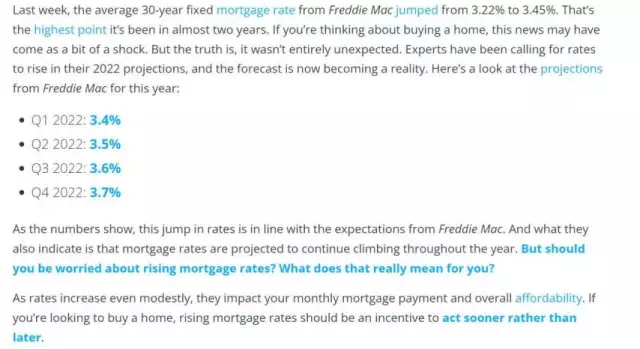An Overview of How Interest Rates Are Determined
Interest ratesplay a crucial role in the functioning of modern economies. They affect everything from the cost of borrowing money to the prices of goods and services. Understanding how interest rates are determined is therefore vital to making informed decisions about personal finance and investing. In this chapter, we will provide an overview of how interest rates are determined, including the role of the Federal Reserve and various factors that influence them.
Interest Rates and the Federal Reserve
The Federal Reserveis the central bank of the United States and has the responsibility of setting monetary policy. One of the primary tools the Fed uses to influence the economy is the manipulation of interest rates. When the Fed wants to stimulate economic growth, it can lower interest rates to encourage borrowing and investment. Conversely, when it wants to slow down the economy, it can raise interest rates to make borrowing more expensive and reduce investment.
The Fed sets the target for the federal funds rate, which is the interest rate at which banks lend to each other overnight. This rate serves as a benchmark for other interest rates, such as those for mortgages and auto loans. The Fed can influence the federal funds rate by buying or selling government bonds on the open market. When it buys bonds, it injects money into the economy, which can lead to lower interest rates. Conversely, when it sells bonds, it removes money from the economy, which can lead to higher interest rates.
Inflation and Interest Rates
One of the primary factors that influence interest rates is inflation. Inflation refers to the rate at which prices for goods and services increase over time. When inflation is high, lenders demand higher interest rates to compensate for the loss of purchasing power caused by inflation. Conversely, when inflation is low, lenders are willing to accept lower interest rates.
The Fed has a dual mandate to promote maximum employment and stable prices. It aims to keep inflation at around 2% per year. To achieve this goal, the Fed may raise interest rates when inflation is too high or lower them when it is too low. When inflation is too high, the Fed may fear that it could spiral out of control, leading to hyperinflation. This could cause people to lose confidence in the currency and lead to economic instability.
Economic Growth and Interest Rates
Another factor that influences interest rates is economic growth. When the economy is growing, there is more demand for credit, which can lead to higher interest rates. Conversely, when the economy is stagnant or in recession, there is less demand for credit, which can lead to lower interest rates.
The Fed can use interest rates to stimulate economic growth during a recession. Lowering interest rates can encourage borrowing and investment, which can lead to increased economic activity. However, if interest rates are already low, the Fed may have limited room to maneuver.
Global Events and Interest Rates
Global events can also have an impact on interest rates. For example, if there is a global economic crisis, investors may flock to safe-haven assets, such as U.S. Treasury bonds. This can increase demand for bonds, which can lead to lower interest rates. Conversely, if there is a global economic boom, demand for credit may increase, which can lead to higher interest rates.
Conclusion
Interest rates are a key driver of economic activity and play a vital role in shaping the financial landscape. Understanding how interest rates are determined is essential for making informed decisions about personal finance and investing. In this chapter, we have provided an overview of how interest rates are determined, including the role of the Federal Reserve and various factors that influence them. By staying informed about interest rates, individuals and investors can make better decisions and navigate the financial world with greater confidence.
Q&As that may provide further clarification:
Q: What is the difference between nominal and real interest rates?
A: Nominal interest rates refer to the actual interest rate charged by lenders, while real interest rates take into account the effect of inflation. Real interest rates are calculated by subtracting the inflation rate from the nominal interest rate. For example, if the nominal interest rate is 5% and the inflation rate is 2%, the real interest rate is 3%.
Q: Can interest rates ever be negative?
A: Yes, interest rates can be negative in some cases. This occurs when lenders are willing to pay borrowers to borrow money. Negative interest rates have been used in some countries to stimulate economic growth, although they are not without risks and potential drawbacks.
Q: How do interest rates affect the stock market?
A: Interest rates can have a significant impact on the stock market. When interest rates are low, investors may be more willing to take on risks and invest in stocks. Conversely, when interest rates are high, investors may be more likely to put their money in bonds or other fixed-income investments. Additionally, changes in interest rates can impact the valuation of companies, particularly those in sectors that are more sensitive to interest rates, such as financials and real estate.
Q: What is the relationship between the federal funds rate and mortgage rates?
A: The federal funds rate can have an impact on mortgage rates, although the relationship is not always direct. When the Fed lowers the federal funds rate, it can lead to lower mortgage rates, as lenders may be more willing to offer lower rates on mortgages. However, other factors can also influence mortgage rates, such as the overall economic climate, the demand for housing, and the creditworthiness of individual borrowers.







